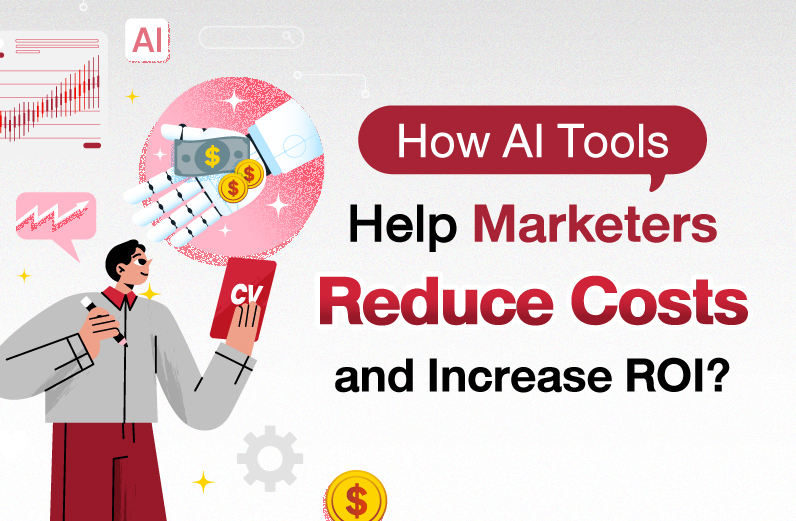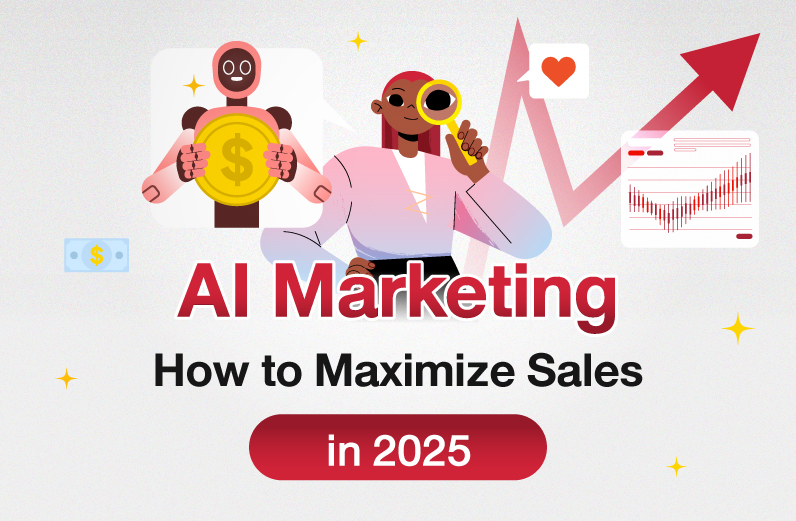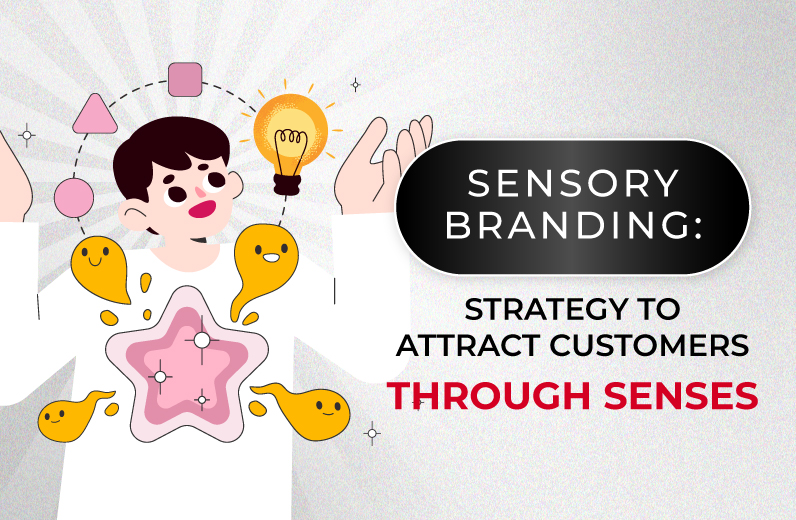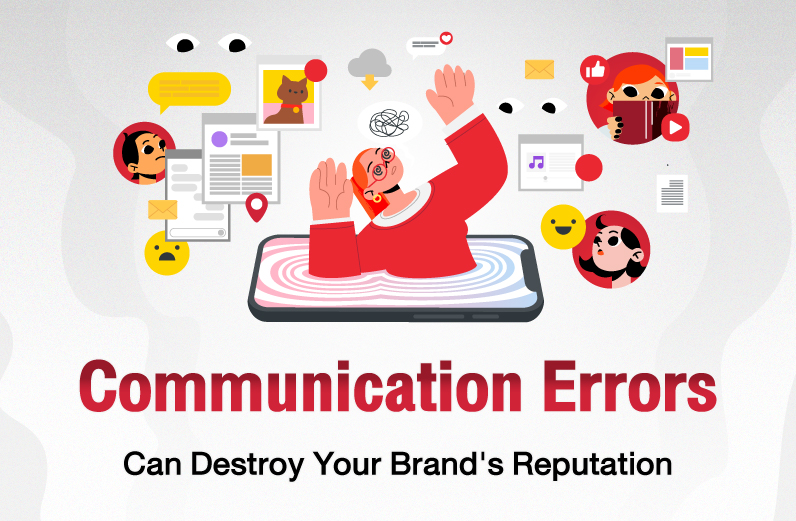How to Plan an Ecommerce Marketing Strategy That Grows Sales
How to Plan an Ecommerce Marketing Strategy That Grows Sales
In the world of ecommerce, having a great product is no longer enough. Brands need a well-rounded ecommerce marketing strategy that attracts visitors, converts them into buyers, and keeps them coming back.
This article outlines the key elements of a high-impact online marketing plan, how to align campaigns with your audience, and real tactics proven to work on platforms like Shopee and Lazada.
Core Components of an Ecommerce Marketing Plan
A successful ecommerce strategy blends content, promotions, ads, and analytics into a cohesive roadmap. Here are the key parts:
Strategic Planning
• Define objectives: sales, traffic, conversion rate, and new vs. returning customers
• Choose key platforms: Shopee, Lazada, D2C website, social media
• Allocate budgets by channel
Content and Storefront Optimization
• Product photos, videos, reviews, and SEO-optimized descriptions
• Store design that builds trust and makes navigation easy
Advertising (Performance Media)
• CPAS, Shopee Ads, Lazada Sponsored Solutions, Meta Ads, Google Performance Max
• Audience targeting and remarketing flows
Promotions and Campaigns
• Flash sales, free gifts, discount codes
• Timed campaigns: 9.9, 11.11, Payday, Mid-Month Mega Sale
Measurement and Adjustment
• Track KPIs like ROAS, CTR, GMV via dashboards
• Weekly or bi-weekly campaign optimizations
How to Align Promotions with the Right Target Audience
Reaching the wrong people can waste your budget. Use this framework:
• Segment customers by behavior: new buyers, repeat customers, cart abandoners
• Match platforms with audience habits: e.g., Gen Z on TikTok, working adults on Instagram, seniors on LINE
• Customize offers: loyalty discounts, exclusive bundles for first-time buyers
• Use CRM tools and platform audience data (Shopee/Lazada/MyAds) to run high-precision campaigns
Marketplace-Ready Strategies That Work
Case Study: Electronics Brand
• Create a 3-tier product strategy: traffic drivers, flagship SKUs, and margin-focused items
• Allocate CPAS budget in 50/30/20 split by SKU tier
• Run Payday flash vouchers to trigger conversion spikes
• Use Shopee LIVE and KOLs to boost reach
Case Study: Beauty Brand
• Offer free gifts + first buyer coupons to attract new users
• Bundle entry-level products to increase average order value (AOV)
• Retarget “Add to Cart but No Purchase” users within 3 days using platform tools
A well-structured funnel supports all of this: Awareness → Consideration → Conversion → Retention
Why Brands Choose One-Stop Ecommerce Marketing Services
Planning and running complex ecommerce campaigns requires a blend of creative, technical, and analytical skills. That’s why brands turn to full-service partners like transcosmos Thailand, which offers:
• Dedicated performance marketing teams with direct Shopee/Lazada / TikTok collaboration
• Creative + operations support under one roof
• Real-time dashboards and Looker Studio for analytics
• Proven results with global and regional brands
• Integrated service across marketplace, D2C, and paid media
Ready to grow with strategic campaigns? Learn more about transcosmos’ One-Stop Ecommerce Services
Final Thoughts: Smart Marketing Means Measurable Results
Effective ecommerce marketing isn’t just about running big campaigns—it’s about continuous planning, testing, and refining based on real performance data.
If your goal is to scale sales sustainably, having a partner with both strategic expertise and executional depth across platforms like Shopee, Lazada, and D2C will set you apart from the competition.
Start with data. Design smart campaigns. And keep your focus on long-term customer value.






